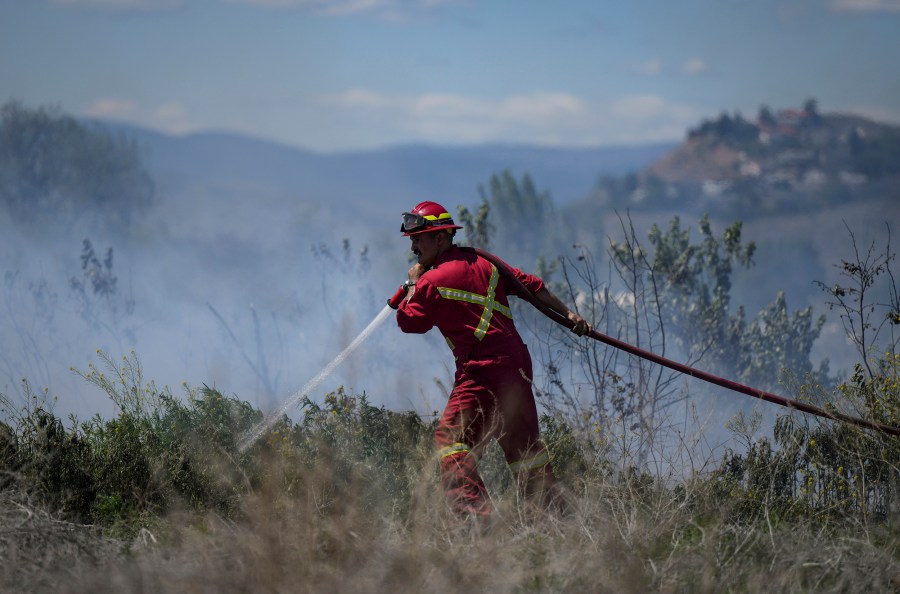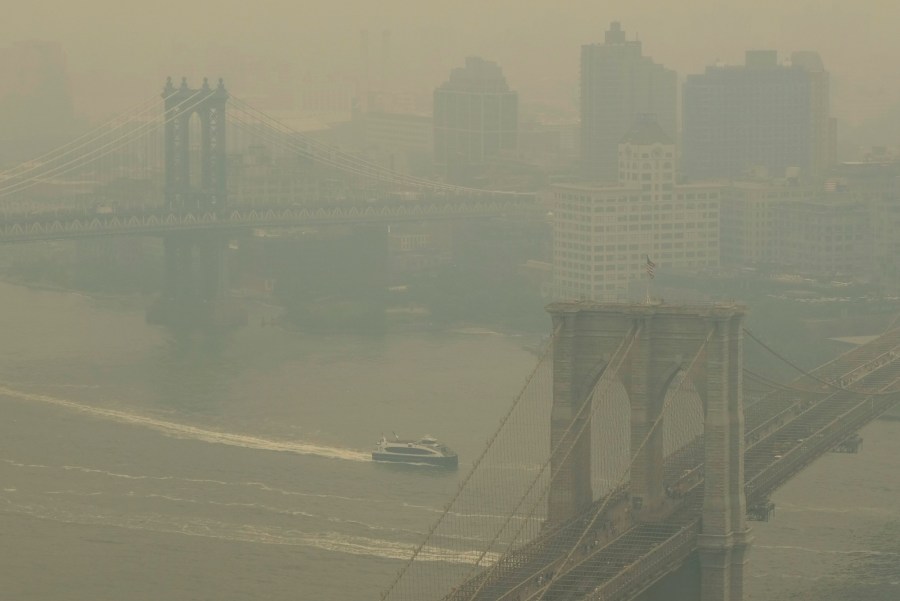Don’t go outside.
That’s what public health officials and medical experts have been advising tens of millions of people in the U.S. over the last couple of days as smoke from raging wildfires in Canada has drifted into the U.S., triggering air alerts and grounding flights across the Northeast, as far south as South Carolina and as far west as Minnesota.
Canada experiences wildfires regularly, but fires this season have been unusually widespread and intense, with more than 1400% of the normal number of acres burned for this time of the year, according to ABC News. Tens of thousands of Canadians have been displaced from their homes. And Stanford researchers have found that the resulting smoke has already produced one of the worst wildfire pollution events in U.S. history.
Many people in the eastern U.S. are experiencing threats to their health that are typically associated with the wildfire-prone West Coast, and wondering whether the smoke they are seeing and smelling could become the new normal. I emailed Michael Mann, a professor of atmospheric science at Penn State and the author of “The New Climate War: The Fight to Take Back Our Planet,” to ask him for his analysis of the wildfire crisis, the dangers it poses and its links to climate change. Our correspondence, edited for length and clarity, follows.
Zeeshan Aleem: Could you give us some context on why the wildfires in Canada are so intense? What caused this situation?
Michael Mann: We have a very extreme, slow, wavy jet stream pattern right now over North America, leading to an extended period of unusually dry weather over parts of Ontario and Quebec, which has favored the development of these wildfires. The current pattern dips way north and south, meanders like a river as it crosses the U.S., with a huge dip from eastern Canada down into the eastern U.S. The stuck jet stream pattern is responsible for the dry conditions in eastern Canada and also the wind patterns that are transporting that wildfire smoke toward us in the U.S. Our own research suggests that climate change is making these slow, wavy summer jet stream patterns more common.
Amazed by how wavy/ extreme this jet stream structure is. Record warm oceans, developing El Nino, Typhoon Mawar wave breaking, climate change ice melt & uneven heating of the Arctic vs mid-latitudes. Excess energy = extremes. And we ain't seen nothing yet. 1/ pic.twitter.com/HQTbx6b6Y6
— Jeff Berardelli (@WeatherProf) June 6, 2023
There are several things going on, each of which is related to climate change. This region of Canada is getting warmer, and we expect it to have more frequent episodes of hot and dry weather. The very persistent “stuck” jet stream pattern leads to long periods of stagnant weather and, in this case, a long stretch of very dry weather that lends itself to larger, more extensive wildfires.
How have the wildfires affected Canadians?
Mann: Nearly 9 million acres of land have been burned in the Canadian wildfires so far this year, including a half-million in Quebec alone. This has created dangerously bad air conditions not only in Canada, but over increasingly large parts of the eastern and midwestern U.S. I could smell the wildfire smoke this morning in central Pennsylvania.

For many of us on the East Coast, the idea of worrying about how wildfire smoke could affect us directly never even struck as a possibility. How bad is it for our health?














